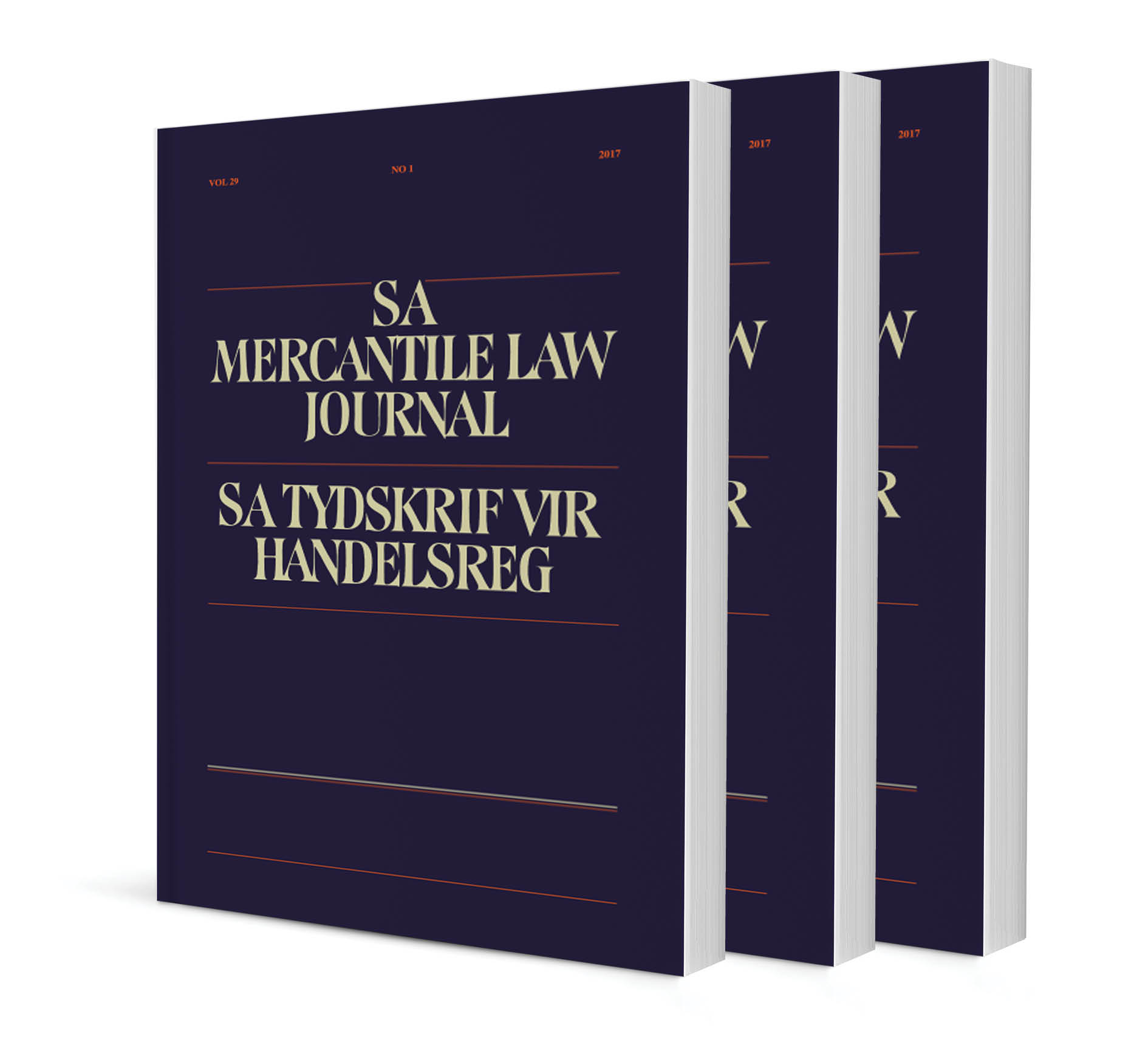Running out of colour in a passing-off claim: Koni Multinational Brands (Pty) Ltd v Beiersdorf AG

Running out of colour in a passing-off claim: Koni Multinational Brands (Pty) Ltd v Beiersdorf AG
Author: Nomthandazo Mahlangu
ISSN: 1996-2185
Affiliations: Lecturer, North-West University
Source: South African Mercantile Law Journal, Volume 34 Issue 3, 2022, p. 305 – 331
https://doi.org/10.47348/SAMLJ/v34/i3a1
Abstract
The appeal in Koni Multinational Brands (Pty) Ltd v Beiersdorf AG 2021 JDR 0414 (SCA) turned on whether Beiersdorf could stop Koni from selling its product in a get-up much like that of NIVEA MEN by asserting unlawful competition in the form of passing off. This question is answered by analysing case law on assessing the acquisition of distinctiveness. Given the lack of South African cases on this form of acquisition, reference is made to cases from other common-law jurisdictions. The discussion evaluates whether evidence presented by Beiersdorf supports the decision that the features in question are distinctive of its products. The findings illustrate that even a long-standing use of a trade mark which is not inherently distinctive will not make it distinctive. The decision in Koni is significant because it (incorrectly) bestows the use of specific colours on one enterprise to the exclusion of its competitors.